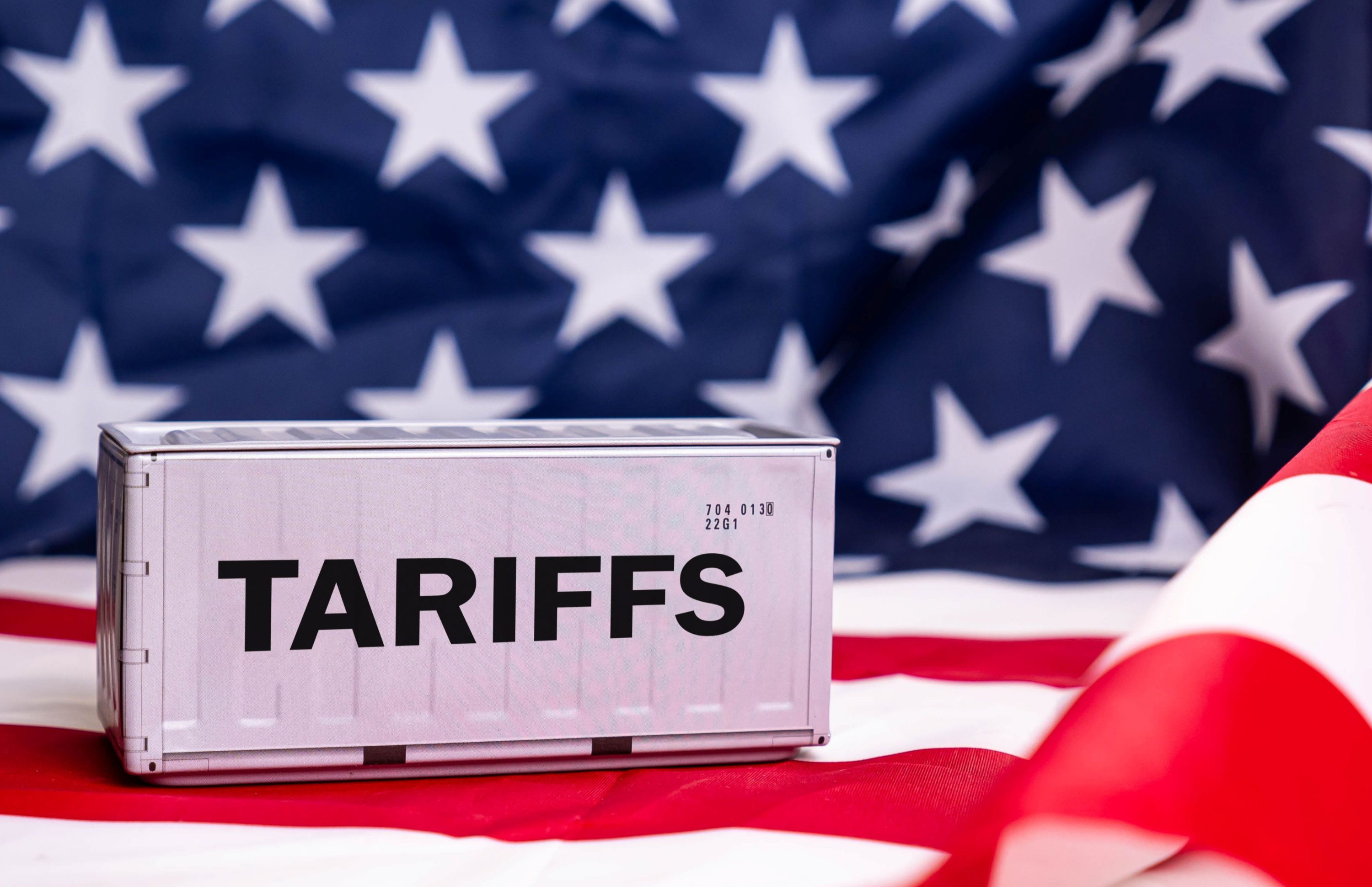COMEX ignites: US tariff sparks record copper surge
News Analysis

9
Jul
2025
COMEX ignites: US tariff sparks record copper surge
President Donald Trump said he will announce a 50% tariff on copper, hoping to boost US production. The hinted tariff was higher and sooner than expected, translating in a 12% jump in COMEX futures.
The announcement on 8 July 2025 of a possible 50% tariff on copper imports as early as August took markets by surprise as expectations were for a ~25% tariff depending on the results of the Section 232 probe due in November.
As a result of the announcement, the US COMEX futures jumped 12%, widening the gap with LME.
Like steel and aluminium, the USA is a net importer of refined copper, while it exports a portion of the domestically produced copper concentrate and scrap due to limited midstream processing capacity. In 2024, the USA produced ~619kt of copper-in-concentrate, with exports accounting for 53.6% of the total.
The country operates just three copper smelters, two primary and one secondary, in total producing 455kt in 2024 (419kt from primary smelting and 36kt from secondary).
Refined copper production totalled 987kt in 2024, against refined consumption of 1.6Mt, with 902kt imported to meet the gap. Between January and May 2025, refined copper imports reached 672kt, a 130% y-o-y increase, driven largely by shipments from Chile (61%), DRC (10%), Canada (9%), and Peru (6%), suggesting significant stockpiling ahead of any potential trade disruption.
The USA also recovered around 1.5Mt of copper from scrap in 2024 but used only 967kt domestically, exporting over 40%, primarily to China (41%), Canada (11%), Thailand (10%), India (8%), and Malaysia (7%). This again highlights the shortfall in secondary processing infrastructure, as a substantial share of this scrap is consumed offshore.
Building new smelting and refining operations will, like in the steel and aluminium sectors, take time and face significant capital and environmental permitting challenges. These are key reasons why many existing smelters and refineries are under care and maintenance. Expanding primary copper mine production would take even longer, given the extended lead-times for project development.
The degree of impact caused by the tariffs will heavily depend on the details, but they are likely to translate into significant price premiums in the USA relative to other regions. The implications would be inflationary in the USA and represent another hurdle to Donald Trump’s reshoring manufacturing ambitions.
Trade flows will also be distorted with refined copper exports from Latin America potentially being re-directed to Europe and China, resulting in higher stocks in Europe and Asia and implicitly in lower LME prices.
In the absence of any further details, it is not clear what products the tariffs will impact. We are aware that organisations such as the Copper Development Association have called for tariff exemptions on imports of refined and scrap copper, while supporting tariffs on recyclable high-purity copper scrap exports.
The short-term impact on prices is difficult to evaluate, given the speculative nature of the COMEX-LME arbitrage but excluding this element, Project Blue believes that most of the macro news has been factored into recent prices as markets have assumed that the most likely scenario is that bilateral trade agreements between the USA and its commercial partners will stay manageable.
As a result, the risks of high inflation and global recession have been receding. We believe, however, that uncertainty remains both relating to trade and geopolitics. The massive flow of copper to the USA this year also means the market there is relatively well-supplied for now, something which could cap the COMEX premium.
The quicker the clarification on the incoming tariff (and at what level), the sooner a shift back to normal trade patterns for cathode and a re-balancing of the market ex-USA.
Excluding any news flow-related price fluctuation, we maintain our 3-month LME price forecast to range US$9,700-10,200/t.